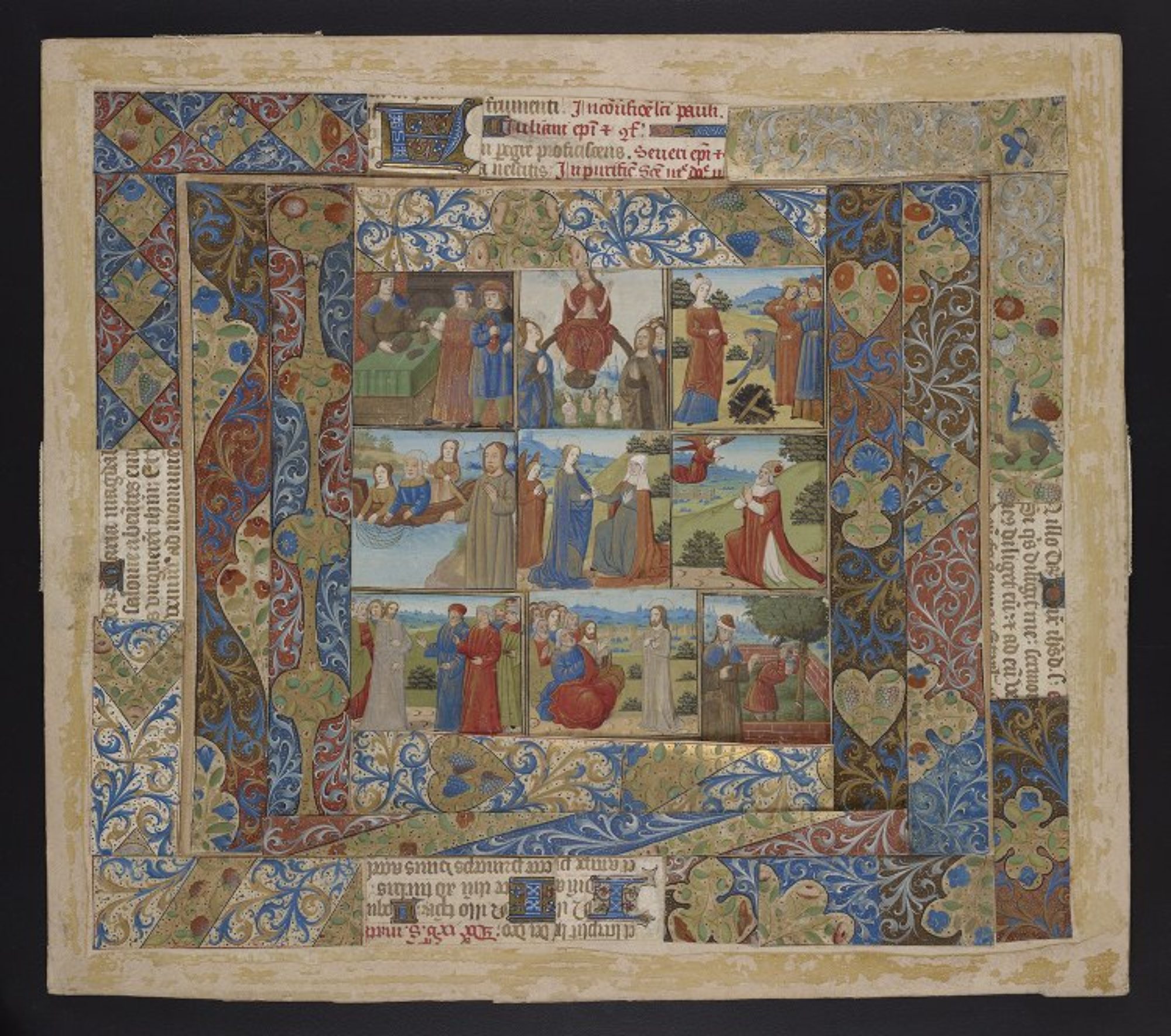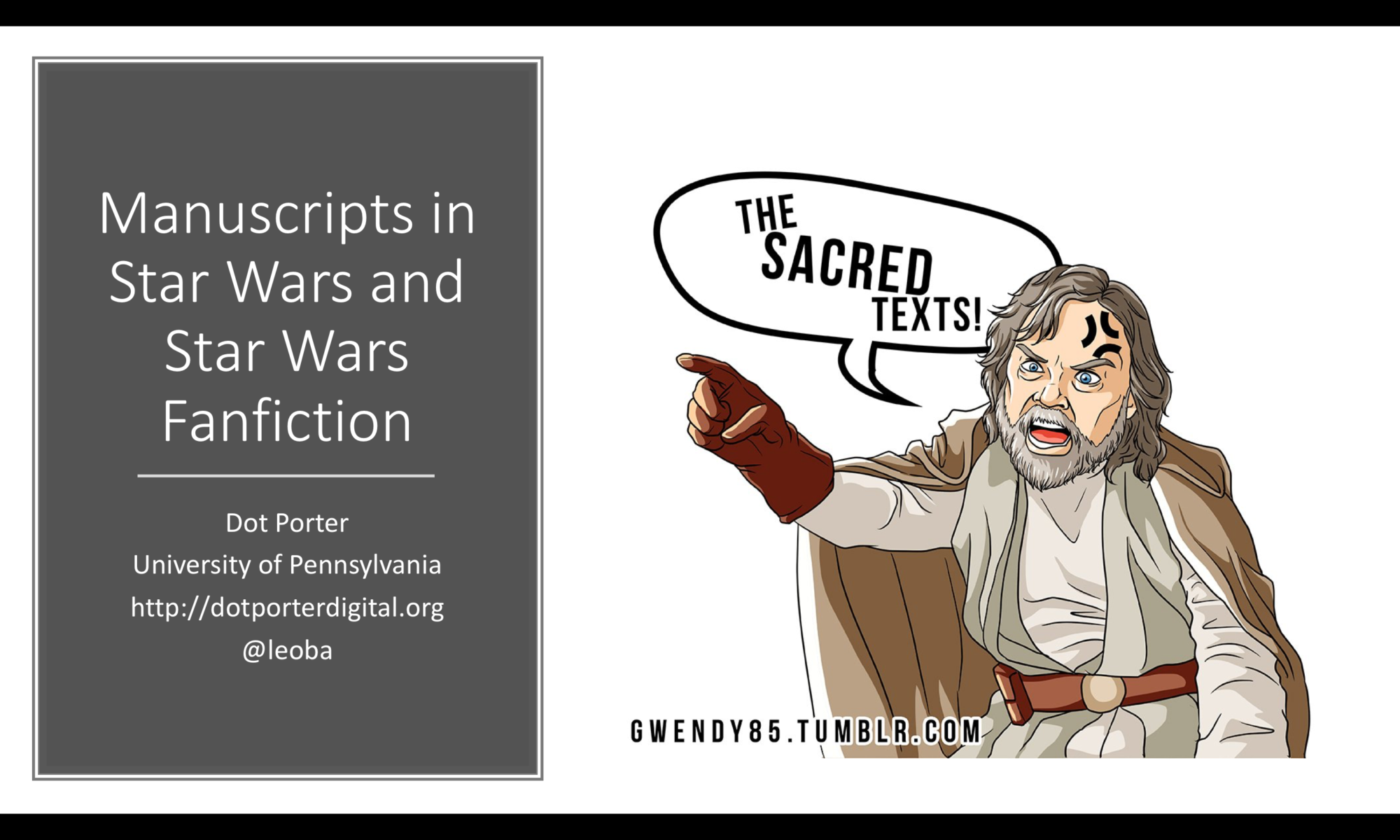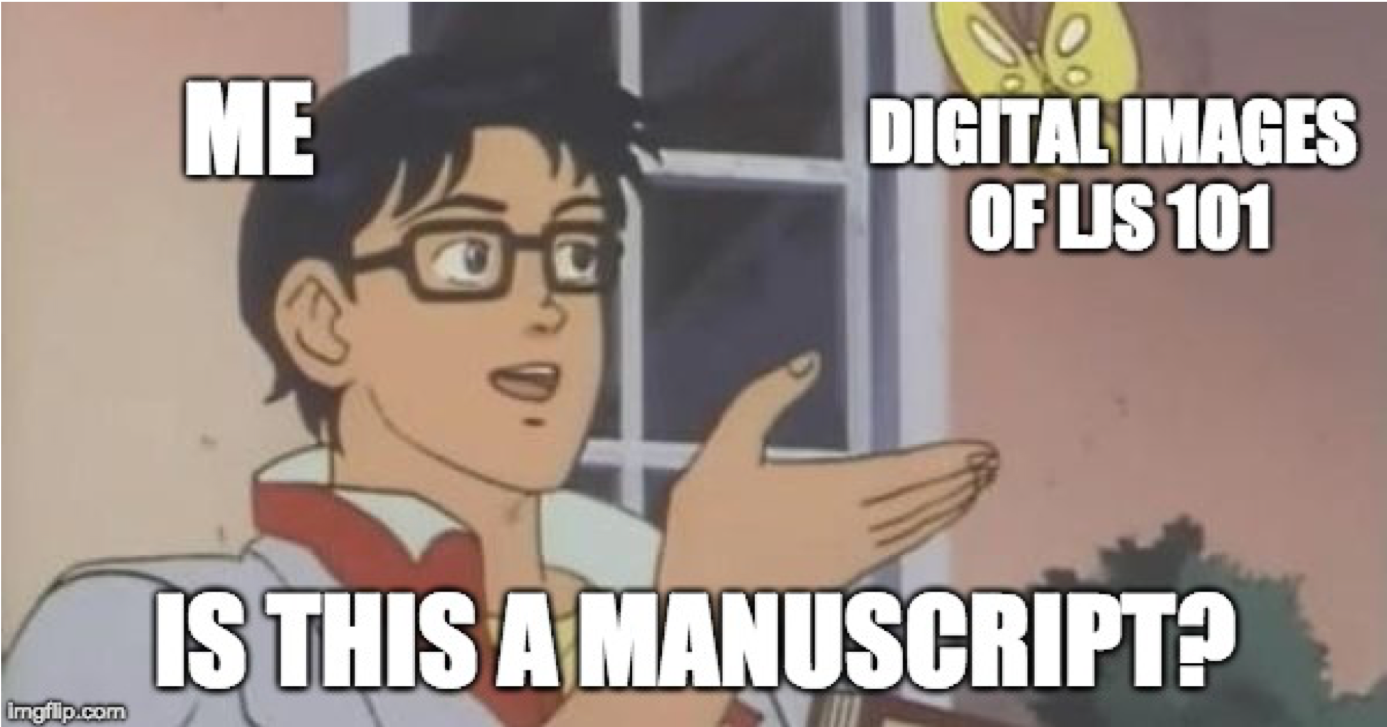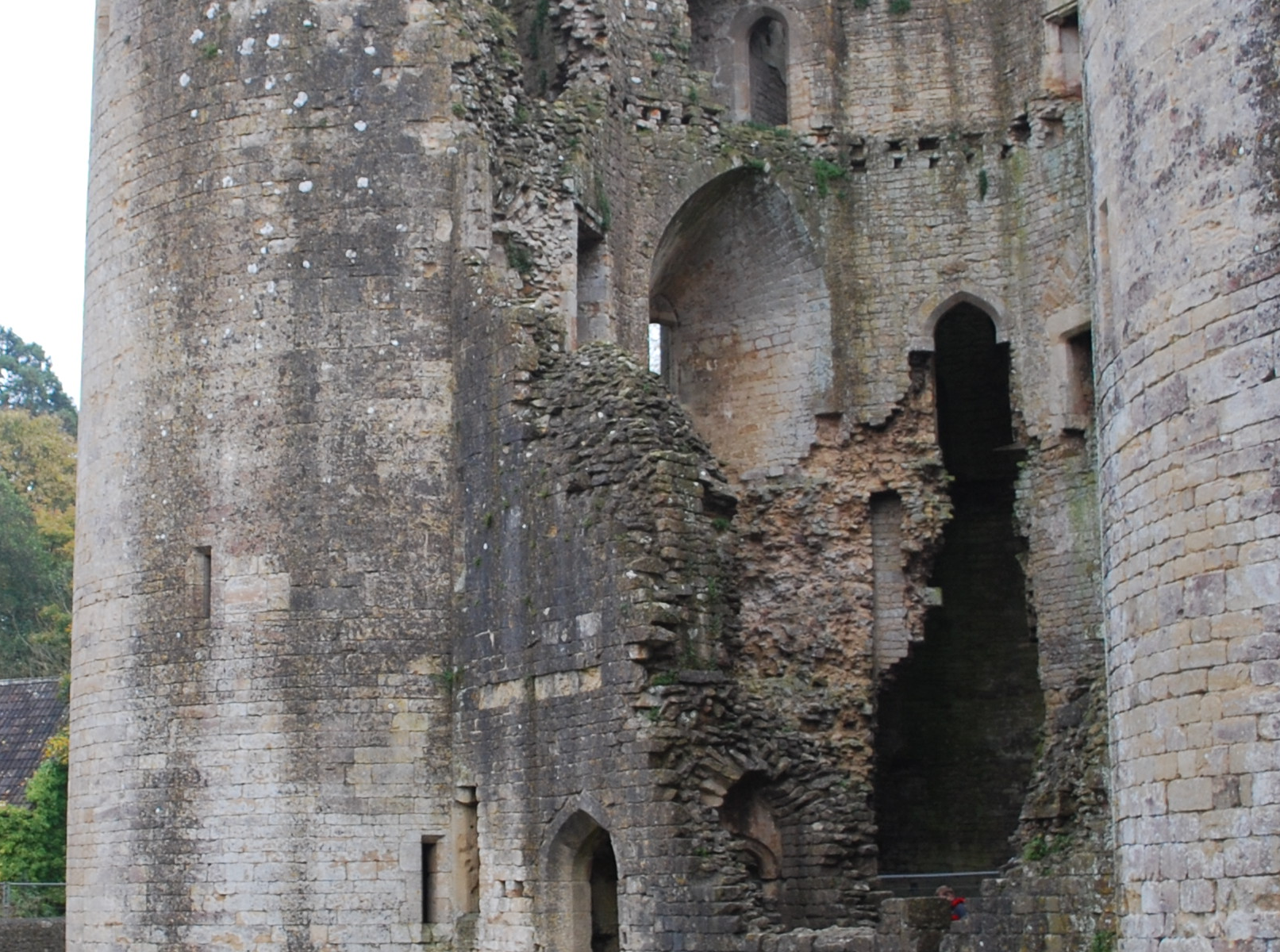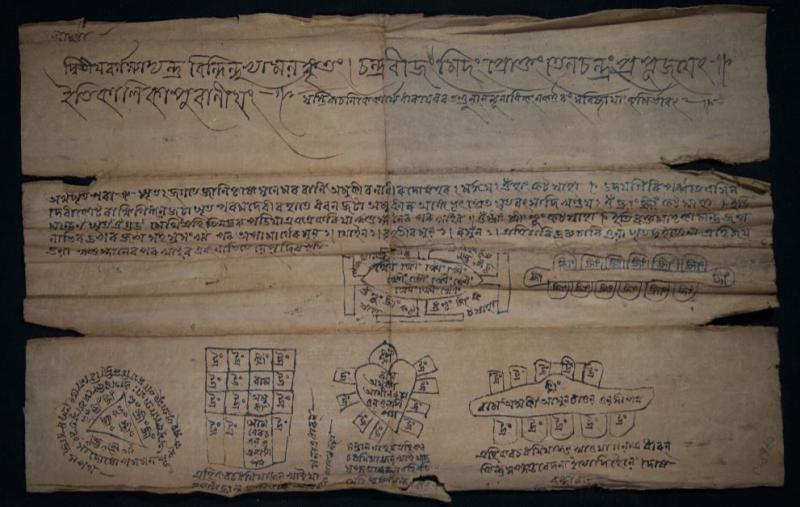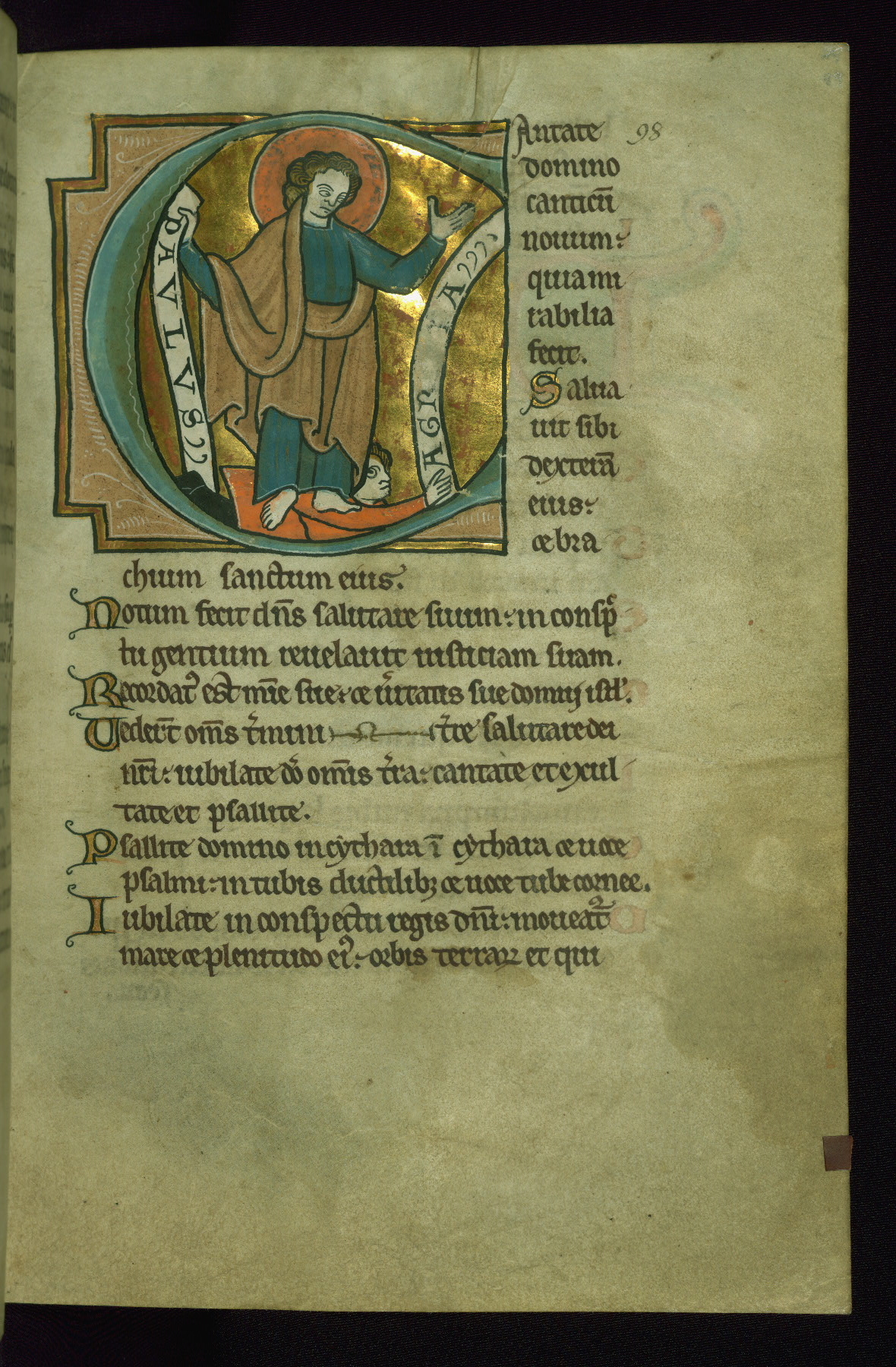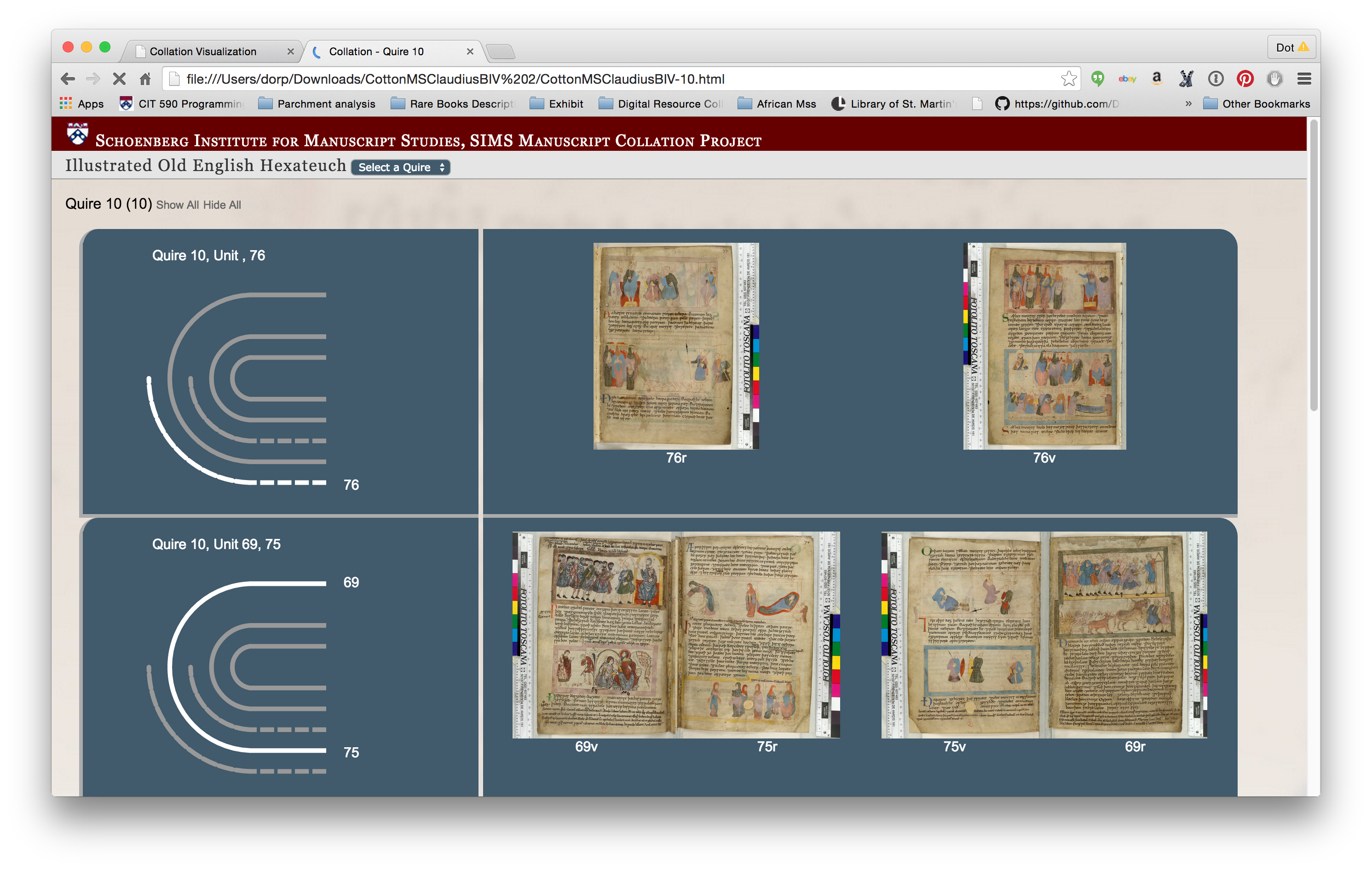This is the text of a talk originally presented at the conference Fan Cultures and the Premodern World at Oxford University in July, 2019, organized by Dr. Juliana Dresvina of the Oxford History Faculty. This presentation represents a collaboration between myself and Dr Brandon Hawke of Rhode Island College, and is essentially a summation of our video project Sacred Texts: Codices Far, Far Away
Continue reading “The Sacred Texts: Manuscripts in Star Wars and Star Wars Fanfiction”The Uncanny Valley and the Ghost in the Machine: a discussion of analogies for thinking about digitized medieval manuscripts
This is a version of a paper I presented at the University of Kansas Digital Humanities Seminar, Co-Sponsored with the Hall Center for the Humanities on September 17, 2018.
Continue reading “The Uncanny Valley and the Ghost in the Machine: a discussion of analogies for thinking about digitized medieval manuscripts”Reading and Writing Philadelphia, University of Pennsylvania LJS 101, c. 850–1100
This is a version of a paper I presented at the International Medieval Congress at Leeds on July 3, 2018, in the session “The Origins, Effects, and Memory of Caroline Minuscule, II” sponsored by the Network for the Study of Caroline Minuscule.
Continue reading “Reading and Writing Philadelphia, University of Pennsylvania LJS 101, c. 850–1100”Reaction, a Mémoire
For the #madememedieval hashtag currently going around Twitter, here’s the story of how I became a medievalist (although I didn’t realize it until much later). This is part of the Preface to Reactions Medieval/Modern, the catalog for the exhibit I curated at the University of Pennsylvania Libraries in Fall 2016.
Continue reading “Reaction, a Mémoire”Hosting the Digital Rāmamālā Library at Penn, or, thinking about open licenses for non-Western digitized manuscripts
This talk was presented as part of a panel at the Global Digital Humanities Symposium at Michigan State University, March 16-17 2017: ARC Panel: Access, Data, and Collaboration in the Global Digital Humanities
Continue reading “Hosting the Digital Rāmamālā Library at Penn, or, thinking about open licenses for non-Western digitized manuscripts”Manuscript PDFs: Update
My last post was an announcement that I’d posted the University of Pennsylvania’s Schoenberg Collection manuscripts on Google Drive as PDF files, along with details on how I did it. This is a follow-up to announce that I’ve since added PDF files for UPenn’s Medieval and Renaissance Manuscript collection, AND for the Walters Art Museum manuscripts (which are available for download through The Digital Walters).
Continue reading “Manuscript PDFs: Update”It’s been a while since I rapped at ya
I’m not dead! I’m just really bad when it comes to blogging. I’m better at Facebook, and somewhat better at Twitter (and Twitter), and I do my best to update Tumblr.
Continue reading “It’s been a while since I rapped at ya”Disbinding Some Manuscripts, and Rebinding Some Others (presented at ICMS, Kalamazoo, MI, May 2014)
I presented my collaborative project on visualizing collation at the International Congress on Medieval Studies in Kalamazoo, Michigan, last week, and it was really well received. Also last week I discovered the Screen Recording function in QuickTime on my Mac. So, I thought it might be interesting to re-present the Kalamazoo talk in my office and record it so people who weren’t able to make the talk could still see what we are up to. I think this is longer than the original presentation – 23 minutes! – so feel free to skip around if it gets boring. Also there is no editing, so um ah um sorry about that. (Watch out for a noise at 18:16, I think my hand brushed the microphone, it’s unnerving if you’re not expecting it)
Continue reading “Disbinding Some Manuscripts, and Rebinding Some Others (presented at ICMS, Kalamazoo, MI, May 2014)”Day of DH 2014
Today was the Day of Digital Humanities 2014, and I spent it blogging on the DayofDH main site. My day was spent in a seminar on medieval manuscripts, which as it turns out is a really fitting way to spend this day.
The individual posts:
How to get MODS using the NYPL Digital Collections API
Last week I figured out how to batch-download MODS records from the NYPL Digital Collections API (http://api.repo.nypl.org/) using my limited set of technical skills, so I thought I would share my process here.
Continue reading “How to get MODS using the NYPL Digital Collections API”